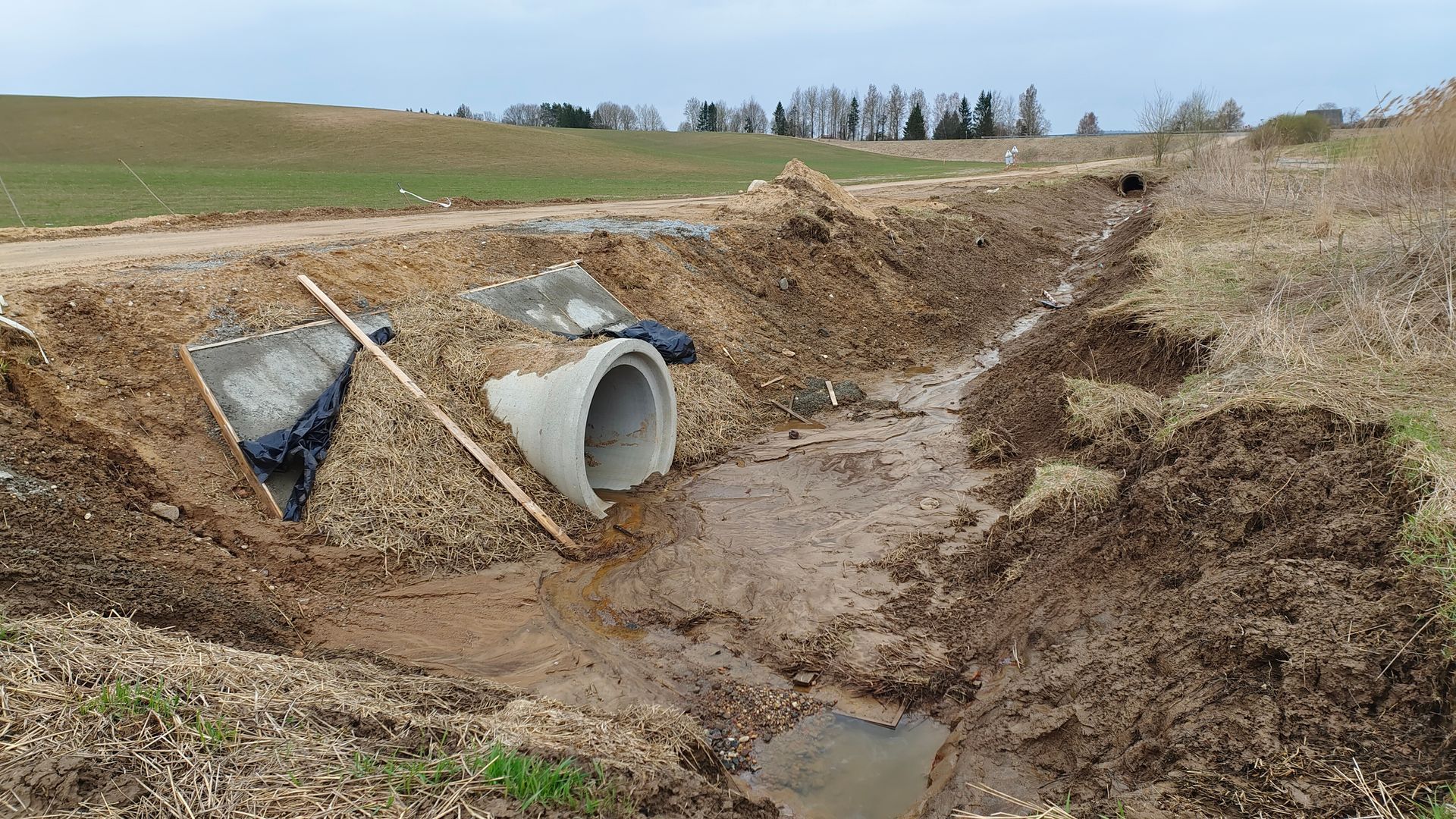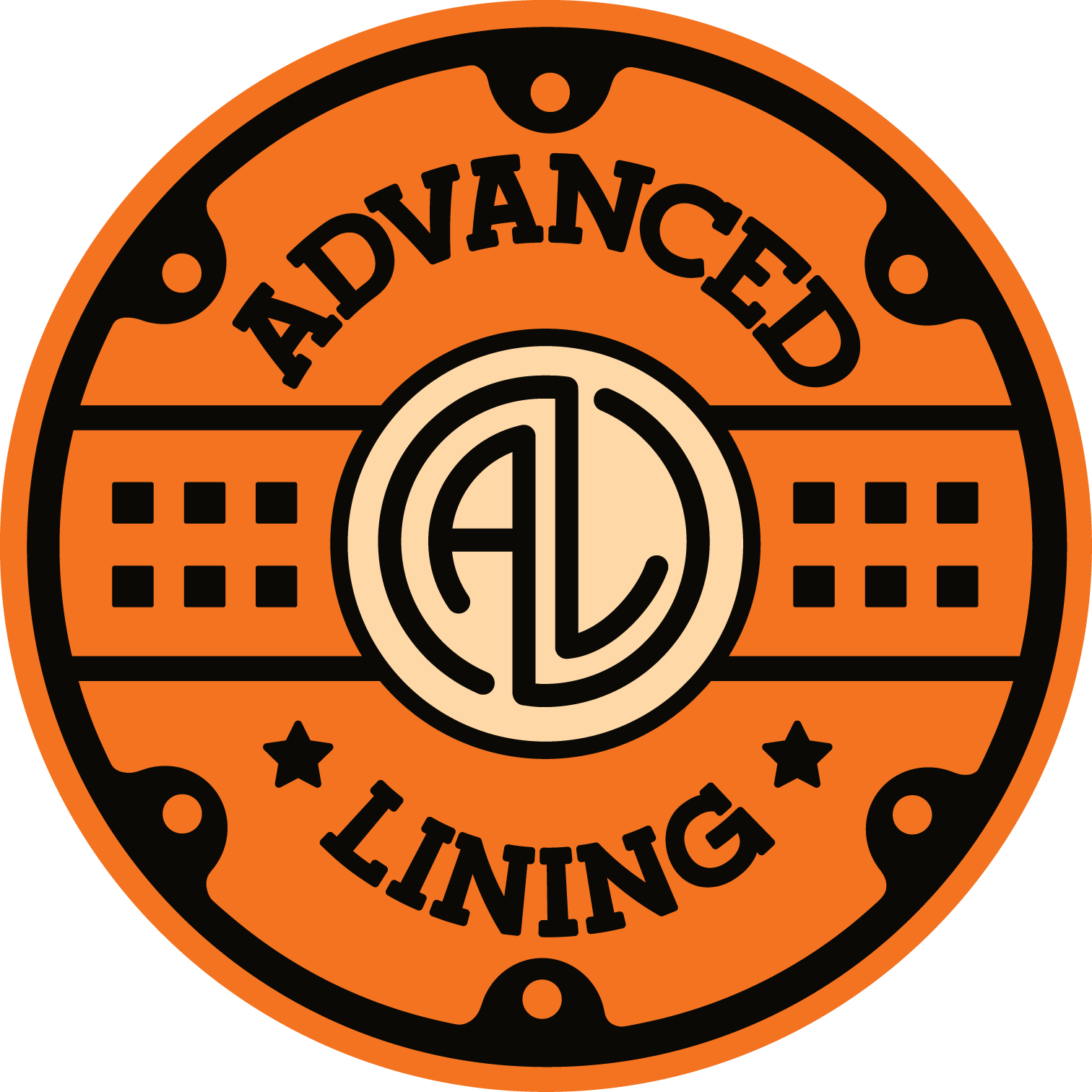Maintenance and Inspection of Culverts and Pipelines
Both culverts and pipelines are typically designed to handle a certain amount of runoff, based on the area’s topography and soils. It is important for engineers to consider these factors when designing these systems, as too much water can cause overflow or damage to other structures in the watershed. In addition, both types of stormwater management systems need regular maintenance and inspection to ensure they are functioning correctly. If a culvert or pipeline becomes blocked or degraded, it can cause flooding problems in nearby areas.
In order to ensure that stormwater culverts and pipelines are functioning properly, regular maintenance and inspection is essential. Properly maintained culverts and pipelines will help reduce flooding during heavy rains or sudden snowmelt events. Inspection of these structures should include a visual assessment of the structure’s condition, including any areas that may have been damaged due to corrosion or other wear and tear. It is also important to regularly remove debris from the culvert or pipeline, such as leaves, sticks, or trash, to ensure that the structure is functioning properly.
If a stormwater culvert or pipeline has been in use for some time it may need to be replaced due to age or damage. It is important to inspect these structures regularly and replace them as needed in order to maintain a safe and efficient stormwater management system. You’ll avoid the headache and stress of having to replace the entire structure if you properly maintain and repair any damaged culvert or pipeline.
How Advanced Lining Can Helplines
At Advanced Lining, our OBIC products can help maintain and support any damaged culverts and other structures. OBIC products are designed to extend the life of the culvert or pipeline by about fifty years. The spray-applied lining of the products are more cost-effective than having to replace the entire structure and, when you apply the product to the structure, it will have minimal impact to the flow of traffic.
One specific product, the OBIC 1200C, will get the job done for you by withstanding heavy traffic and extreme temperatures. The OBIC 1200C has a semi-structural monolithic coating and is a polyurea/polyurethane hybrid lining system that is great for the rehabilitation of culverts and pipelines. It is formulated for the rehabilitation of concrete pipe, steel and wastewater repairs.
If you have any more questions about repairing culvert and pipelines or any of our other services, contact us today.

